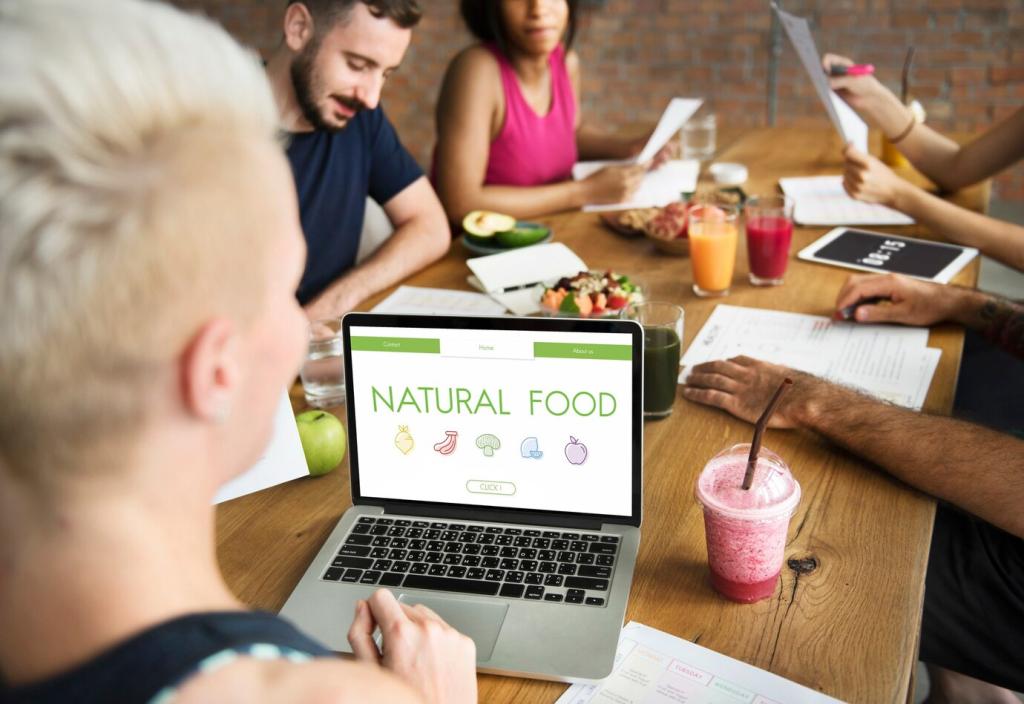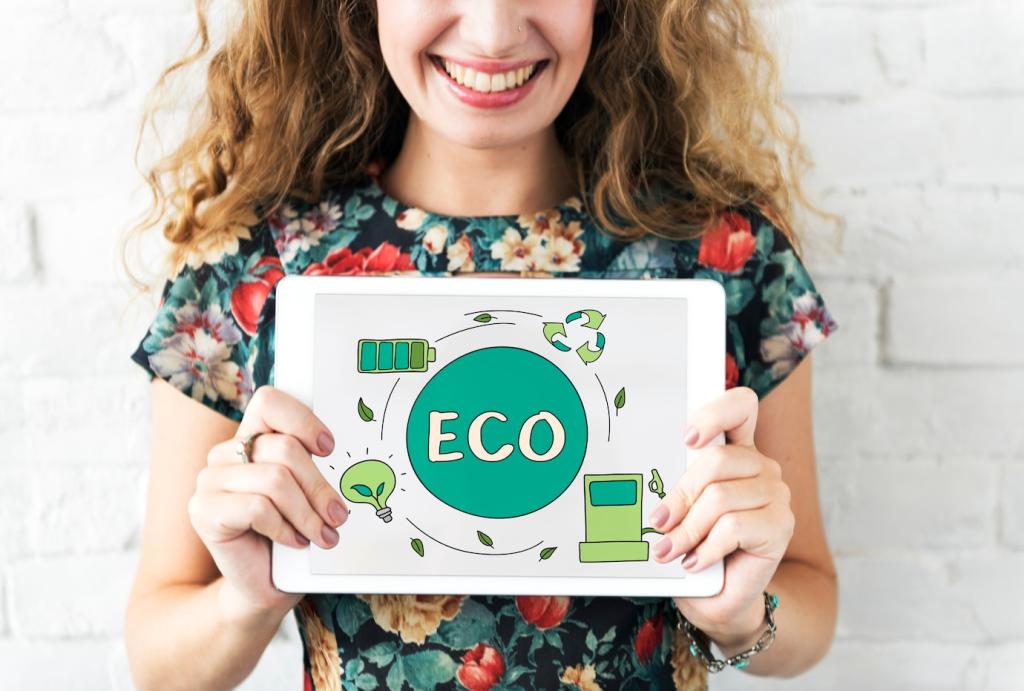Cross-Channel Consistency Without Burnout
Turn one flagship story into many: extract quotes, stats, and mini-lessons; then reassemble them for different channels. Composting retains nutrients—the core promise and proof—while refreshing the surface. Comment with a post you want composted, and we’ll suggest a breakdown.
Cross-Channel Consistency Without Burnout
A reliable schedule is persuasive in itself. Choose a cadence you can sustain, then communicate it clearly. Show up when you say you will, and readers will too. Ask subscribers which day works best for deep-dive posts or quick, actionable notes.








